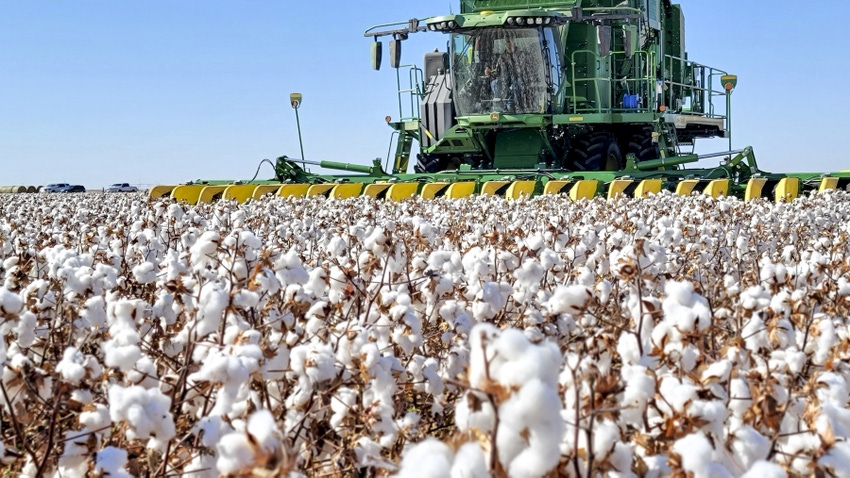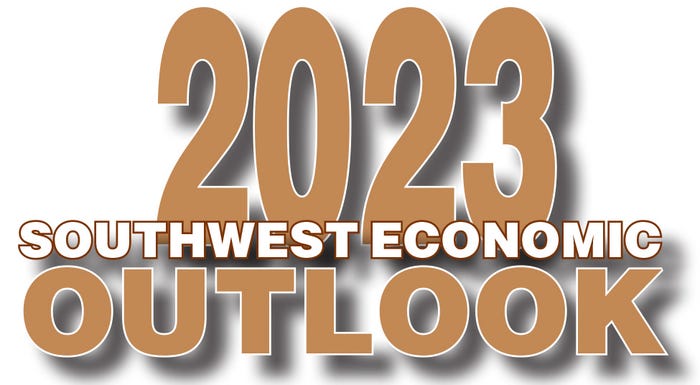
*This is the next article in our 2023 Southwest Economic Outlook series. Hear from Oklahoma State University and OSU Extension Service, and Texas A&M University and TAMU AgriLife Extension Service economists about the 2023 outlook.

Cotton production can be financially stressful and for many cotton producers in Oklahoma and Texas, the 2022 crop was a disappointment. Price and yield prospects withered like cooked cabbage as the hot and dry growing season wore on. However, it is not too early to be thinking about plans for the 2023 cotton crop with most of the short crop harvest just behind us.
In the November USDA report, upland cotton production in the Southwest region (Texas, Oklahoma, and Kansas) is forecast at 3.7 million bales, the smallest since 2011. While the 2022 planted area (8.7 million acres) was the highest in nearly 70 years, drought conditions raised abandonment significantly and reduced harvested area to an estimated 3 million acres, once again similar to 2011. As a result, 2022 Southwest abandonment is projected at 66%, a record. And it could even worsen if there is late-breaking plowing up of zeroed-out fields. The 2011 crop year is not the company you want to hang out with.
On the national level, all cotton production is forecast at 14.0 million 480-pound bales, down 20% from 2021. If realized, the 2022 U.S. cotton crop would be the smallest in seven years. Production may decline even further given any late-breaking adjustments to the crop by USDA. Combined with a lower season price of 85 cents per pound, the value of production in the Cotton Belt is expected to decline by almost $2 billion dollars (Figure 1). No matter how one measures it, when you take that much revenue out of the producer’s pocket, the impact on the main-street economy is substantial. For example, numerous gins in the Southwest region will experience a shorter operating period and some may not open at all.
Now for a bit of good news. Projected 2022/23 U.S. ending stocks is 3 million bales with stocks nearly 750 thousand bales below last season and the lowest since 2016/17. The stocks-to-use ratio is forecast at 20% at the end of 2022/23, slightly below last season and among the lowest going back 10 years. Despite the expectation of lower foreign demand and reduced world trade, relatively tight ending stocks are historically associated with price strength. Based on global cotton supply and demand estimates and recent prices, the USDA forecast for the 2022/23 average U.S. upland cotton farm price is 85 cents per pound, compared with the final 2021/22 record price of 91.4 cents per pound. We might then expect ICE cotton futures prices for the 2023 cotton crop to remain above 70 cents.
We continue to witness considerable volatility in the crop markets and 2023 will be no different. Set marketing goals based on your costs of production so that you can execute the plan when the market is offering a pricing opportunity. When market opportunities present themselves, producers are encouraged to move quickly to take advantage of them. Consider pricing or hedging part of your expected 2023 production earlier when prices are relatively high. A December 2023 futures price above 90 cents may offer one such opportunity.
About the Author(s)
You May Also Like




